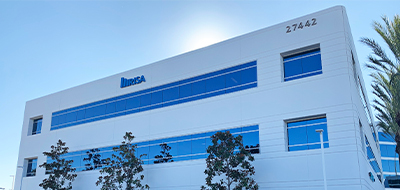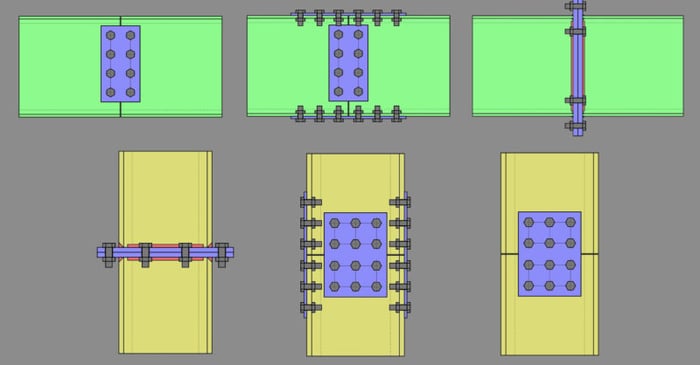
February 15, 2022
Improved Modeling of Wall Footing Corners in RISAFoundation
The new Smart Corners feature in RISAFoundation Version 14 allows for the ability to draw continuous footings without causing overlapping slabs at the corner. To implement this, check the "Keep Wall Continuous" option when drawing a Lateral/Custom Strip Footing. For more information about this...











